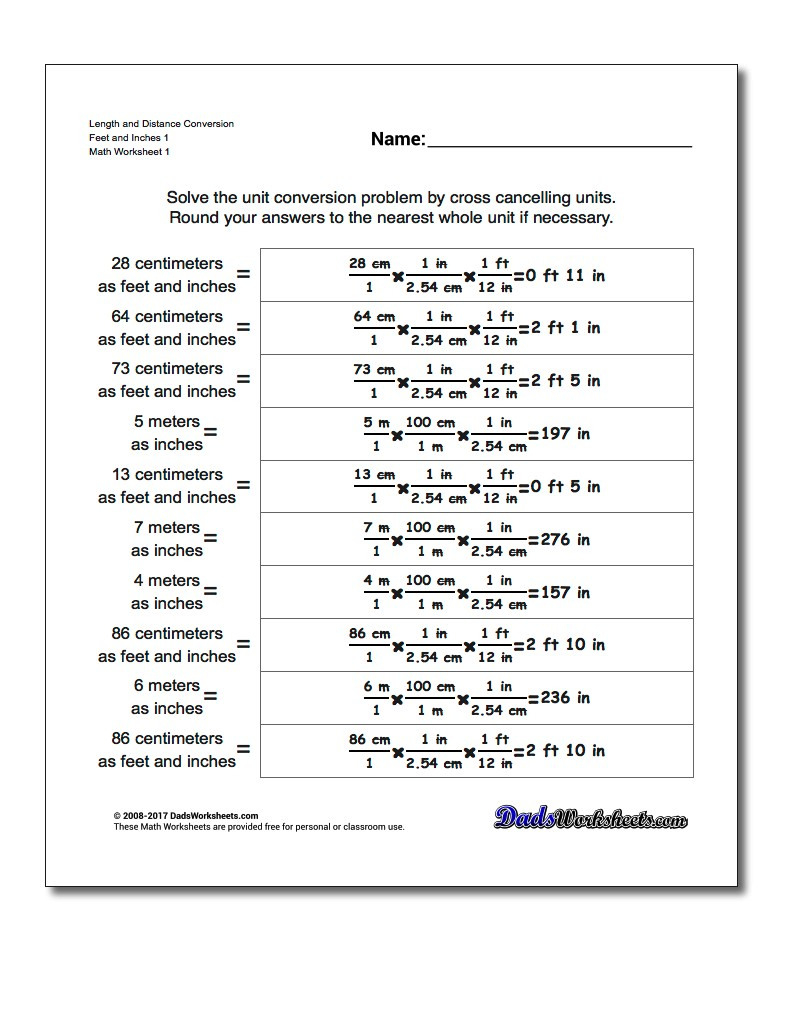

In the Column width box, type 10 (75 pixels wide), and then click OK. On the Format menu, point to Column, and then click Width. Fractional pixel units cannot be displayed therefore, the column width rounds to the nearest number that results in a whole pixel unit. This behavior occurs because of the translation of font characters to pixel units. For example, with a Normal style font of Arial, if you attempt to change the width of a column to 8.5, the column is set to 8.57 or 65 pixels. When you change the width of a column to a fractional number, the column width may be set to a different number depending on the font used in the Normal style. However, because letters are not fixed-spaced with proportional fonts, more "i" characters fit and fewer "w" characters fit. This is because numbers are fixed-spaced with most proportional fonts. If the font is a proportional font, such as Arial, 8.43 integers (numbers such as 0, 1, 2, and so on) fit into a cell with column width of 8.43. If the default font is a non-proportional (fixed width) font, such as Courier, 8.43 characters of any type (numbers or letters) fit into a cell with a column width of 8.43 because all Courier characters are the same width. In the Named box, type Office to replace the default template.In the Heading Font and the Body Font boxes select the fonts that you want.Interesting to note the the CONVERT uses the 'l' (lower case 'L') for Liters, while NIST specifies 'L' (Upper case) so as not to confuse the term with the number 1. I did decide to create my own table using the CONVERT function as part of the calculations but still had to write a few other formulas. On the Page Layout tab, in the Themes group, click Fonts. Re: Spreadsheet with Unit Conversion Factors.To change the default font in Excel 2007, follow these steps: On the Font tab, select the font, style, and size that you want.To change the default font, follow these steps: Read the font listed next to the Font check box.To determine the default font on your worksheet, follow these steps: This default theme has Cambria as the default heading font and Calibri 11 as the default body font. Microsoft Office Excel 2007 uses a default theme that is named Office. Excel 2000 uses a factory default font of Arial 10.Ĭhanging Printer DPI can affect the font metrics and can adjust the column widths. The default font for the worksheet is the font that is assigned to the Normal style. The number that you see in the Column Width dialog box is the pixel width retranslated into character units (based on the Normal font) for display.Ī column width of 8.43 means that 8.43 of the default font's characters fit into a cell. The pixel width is stored internally in Excel for positioning data on the screen. It then rounds this number up to the nearest multiple of 8 pixels, so that scrolling across columns and rows is faster. More informationĮxcel begins with a default width of 8 characters and translates this into a given number of pixels, depending on the Normal style font. This article discusses how column widths are determined. This behavior occurs because of the way that Excel stores the column width information for individual fonts. Changing the default font also changes the column width. The standard column width in Microsoft Excel 2000 is 8.43 characters however, the actual width that you see on the screen varies, depending on the width of the font defined for the Normal style of your workbook. For more information about this change, read this blog post. C7 in Sheet1 will convert the value of cell B3 in Sheet2 to meters and return 4.572.Office 365 ProPlus is being renamed to Microsoft 365 Apps for enterprise. Input ‘=CONVERT(sheet2!B3,“ft”,“m”)’ in the fx bar and press Enter. Then return to Sheet1, select cell C7 and click in the fx bar. For example, click the Sheet2 tab at the bottom of the spreadsheet window and input the feet value ’15’ in cell B3. You can also convert values that aren’t included in the same Excel sheet as the CONVERT function. That will also convert 10 feet to meters. For example, you could select a cell and enter ‘=CONVERT(10, “ft”, “m”)’ in the fx bar. To do that, you’ll need to replace the function’s cell reference with a foot value. You can also add the function to spreadsheets without including any cell references in it. That will now include the value 3.048 meters, which amounts to 10 feet.


Press the OK button to add this function to cell C6. First, press the Number cell reference button and select C5, where you entered 10 as the feet value.


 0 kommentar(er)
0 kommentar(er)
